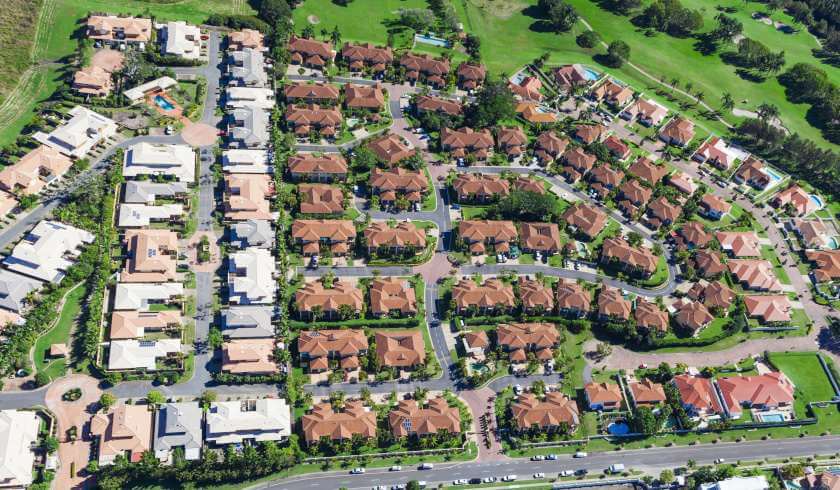Fresh housing supply figures released, mixed results for investors
The pipeline for new supply increased during January 2019 but is still significantly lower than last year, according to new data.

There was a 2.5 per cent increase in the number of new home building approvals this January, in seasonally-adjusted terms, as revealed by the Australian Bureau of Statistics (ABS) monthly building approvals data for Australia and the states and territories.
Gains in seasonally adjusted dwelling approvals increasing in January 2019 were led by Western Australia, which showed an increase of 28.8 per cent, followed by Tasmania at 15.4 per cent and NSW at 12 per cent.
Meanwhile, all other states showed a decline in seasonally adjusted dwelling approvals. The Australian Capital Territory declined by 19.8 percent, followed by the Northern Territory at 8.0 per cent, Victoria at 7.9 per cent, Queensland at 3.5 per cent and South Australia at 1.5 per cent.
However, the statistics also revealed that the amount of approvals for new buildings sits 28.4 per cent lower than in the same period last year.
According to the ABS data, there was a stronger increase in approvals for new apartments and units, which rose by 3.8 per cent, as the amount of approvals for new detached houses increased by 1.9 per cent.
Shane Garrett, chief economist at Master Builder’s Australia, said: “The rise in approvals during January follows a run of weak results during the backend of last year. Higher density housing, in particular, has lost a lot of ground over the past 12 months.”
Further, chief economist at Housing Industry Australia Tim Reardon said: “Market confidence fell away in 2018 as dwelling prices corrected, adversely impacting all segments of the market.”
“Investors and owner-occupiers are delaying purchase decisions and foreign investment has also fallen dramatically for numerous reasons,” he continued.
“An additional and unanticipated factor that emerged in 2018 was the credit squeeze created as banks reduced the amount of money they are prepared to lend each customer.”
The HIA chief economist also suggested that the impacts of the credit squeeze are likely to moderate over the second half of the 2019 financial year as markets adjust to the new limits.
“Despite the small increase this month, the pipeline of building work is now being reduced as the number of approvals slowed through the course of 2018,” Mr Reardon added.
Mr Garrett also commented on the ongoing difficulties in credit flow and “concerns about the direction of housing policy post-election” potentially having “negative effects” on new building activity for houses, despite the housing industry benefiting Australian workers and the economy at large.
“Construction is the economy’s largest provider of full-time jobs and the upcoming round of federal, state and territory budgets provides a real opportunity to get us back onto the right track,” Mr Garrett concluded.
